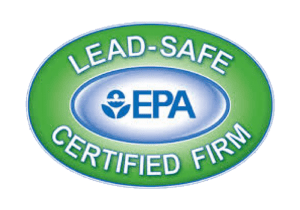Why Your Concrete Block Wall Is Peeling Again

If you’ve lived in Alexandria, VA through a few warm seasons, you probably know the look. That concrete block wall that started off sharp and fresh has paint that’s now bubbling, peeling, or flaking in strips. At first, it might seem minor. But by late summer, the signs become harder to ignore. More homeowners notice the damage around this time of year after the long stretch of heat, rain, and sticky days has taken its toll.
The truth is, even the best paint will not hold up if it isn’t matched with the right coating for concrete block wall surfaces. These are hardworking materials that require more than just a brush and bucket. Poor prep or weather extremes can cause issues to return sooner than expected. If you’re wondering why you’re seeing peeling again, let’s look at the most common culprits and what it could mean for your wall’s condition.
Why Concrete Block Walls Don’t Hold Paint Well
Concrete block may seem sturdy, but appearances can fool you. It’s more absorbent than it looks. That means it pulls in moisture easily, especially during Alexandria’s steamy late summers. If the surface wasn’t protected with the proper primer or coating beforehand, problems are more likely to show up quickly.
Paint alone does not stand much of a chance on its own. While it adds color, when applied directly to raw block, it often won’t stick the way it should. It might seem fine when first applied, but exposure to rain, sun, and temperature changes wears it thin fast. Poorly sealed surfaces peel eventually, even if the paint was high quality.
The missed step in most cases is priming. Without a good masonry primer and a sealing process to back it up, a concrete block wall won’t bond properly with the final coat. We see it a lot—applications that just didn’t have the foundation needed to last. One tough season can undo all the work.
How DC-Area Weather Speeds Up Wear
When we look at climate impact, Alexandria does not make things easy on block walls. Late summer brings wild swings. One afternoon brings blazing sun, then scattered showers roll in. The back-and-forth hits surfaces hard, and it hits fast.
Humidity is a big part of the problem. Water in the air finds its way into small pores in the masonry and stays there. When that moisture expands or contracts through heat and cold, it pushes outward. That weakens the bond between the paint and the wall over time.
Sunlight adds pressure in its own way. Direct UV rays eat at the paint’s surface, breaking the bond between layers. West- and south-facing walls are often the first to show signs. Add in extra temperature jumps or cool breezy days scattered in the mix, and the strain ramps up fast. That’s when cracking, peeling, or even soft patches start to appear.
Telltale Signs It’s Time to Recoat
Peeling sometimes comes in waves. Other times, it starts small, tucked quietly in the corners or near the ground. There are signals to watch for long before large strips of paint fall off.
Here are three signs often seen in Alexandria:
- Paint pulling up near seams, window trim, or base joints. These are spots that trap the most moisture and heat during the day, which puts more pressure on the paint layer.
- Cracks that look fine from a distance but reveal bubbling or softness underneath. These are red flags that moisture has been trapped inside and is starting to break apart the layers.
- Surfaces that feel chalky or dusty when touched. This often means the topcoat or binder is wearing down, even before full peeling starts.
Catching these cues early gives a better chance of stopping deeper damage. Repainting at the right time protects what’s underneath before repairs become necessary.
What Makes a Coating Last on Block Walls
Using the right coating for concrete block wall projects is not about making it look good for now, it’s about making it hold up for years ahead. The best finishes are part of a system that involves cleaning, sealing, smoothing, and finally painting.
Concrete does not behave like wood or drywall. It holds water differently and moves under temperature changes in its own way. Standard paint cannot work unless it has something to help it stick and move with the surface.
Here’s what a proper coating setup usually involves:
- A deep clean to remove dust, mildew, or flaking paint
- A breathable sealer that keeps water out but lets trapped moisture escape
- A masonry primer to give binders something to grip
- A topcoat that can flex slightly, hold color, and resist UV damage
Each step in that process matters. Skipping one often leads to peeling down the line, even if the paint itself was high quality and applied evenly.
Professional painters in Alexandria often use acrylic or elastomeric coatings developed specifically for masonry. These products are chosen for their ability to bridge hairline cracks and offer moisture resistance suited to the region’s frequent rain and humidity.
Why Surface Repairs Often Fail Without Full Repainting
It’s tempting to scrape the flaky spots and add another fresh coat. But time after time, small repairs do not hold up unless the root problems are solved first.
Spot repairs can hide the problem for a little while, but they miss what’s happening underneath—a worn base coat, poor sealing, or lingering moisture that is still affecting the surface. Patching over those issues only buys time, not protection.
Sometimes earlier paint layers were a bad match for masonry in the first place. Old coatings can keep new ones from sticking. Without removing or treating them, even the best product will not lock in properly.
In many situations, a full reset is the better approach. It gives you the clean base needed so the next layers can bond and do their job.
A Strong Finish That’s Built to Last
It’s easy to brush off a few peeling patches, especially if the rest of the wall looks solid. But paint that pulls up or turns chalky is almost always a sign of deeper problems. Waiting too long only gives those problems a head start.
The good news is that a proper approach—backed by the right prep and the right materials—can give your wall the hard shell it needs. When a surface is sealed tightly and finished with a coating meant for block walls, it holds up against Alexandria seasons far better.
This is a great time to act. With a fresh surface in early fall, walls are ready before cold air and damp weather return. Adding acrylic or elastomeric coatings lets your wall expand and contract as the weather changes and helps keep maintenance a smaller job for many years to come.
Concrete block walls in Alexandria take a beating from changing weather, so when cracks or wear start to show up again, we take a close look at what’s going on underneath. A long-lasting finish always starts with the right prep and product, and when it comes to choosing a proper coating for concrete block wall surfaces, we focus on solutions that actually hold up over time. At Hömm Certified Painting Systems, we’ve worked with local conditions long enough to know what lasts and what doesn’t.










